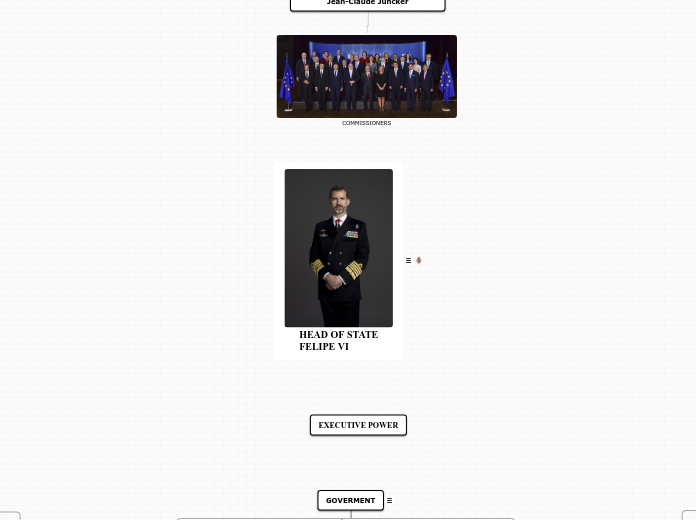
HEAD OF STATE
FELIPE VI
Article 561. The King is the Head of State, the symbol of its unity and permanence. He arbitrates and moderates the regular functioning of the institutions, assumes the highest representation of the Spanish State in international relations, especially with those nations belonging to the same historic community, and exercices the functions expressly conferred on him by the Constitution and the law.2. His title is King of Spain, and he may use the other titles appertaining to the Crown.3. The person of the King is inviolable and shall not be held accountable. His acts shall always be countersigned in the manner established in Article 64. Without such countersignature they shall not be valid, except as provided under Article 65,2. Article 62It is incumbent upon the King:a) to sanction and promulgate the laws;b) to summon and dissolve the Cortes Generales and to call elections under the terms provided in the Constitution;c) to call a referendum in the circumstances provided in the Constitution;d) to propose a candidate for President of the Government and, as the case may be, appoint him or remove him from office, as provided in the Constitution.e) to appoint and dismiss members of the Government on the proposal of its President;f) to issue the decrees agreed upon by the Council of Ministers, to confer civil and military positions and award honours and distinctions in conformity with the law;g) to be informed regarding affairs of State and, for this purpose, to preside over the meetings of the Council of Ministers whenever he deems opportune, at the request of the President of the Government;h) to exercise supreme command of the Armed Forces;i) to exercise the right to grant pardons in accordance with the law, which may not authorise general pardons;j) to exercise the High Patronage of the Royal Academies.
aLEGISLATIVE POWER
EXECUTIVE POWER
JUDICIAL POWER

NATIONAL LEVEL
Article 41.The flag of Spain consists of three horizontal stripes: red, yellow and red, the yellow stripe being double the width of each red stripe.
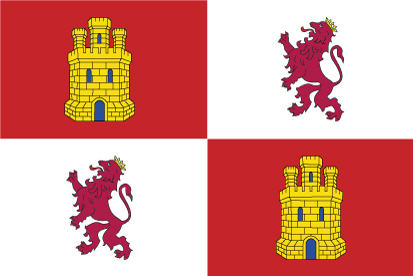
AUTONOMIC LEVEL
Artículo 2.– Ámbito territorial.El territorio de la Comunidad de Castilla y León comprende el de los municipios integrados en las actuales provincias de Ávila, Burgos, León, Palencia, Salamanca, Segovia, Soria, Valladolid y Zamora.Artículo 6.– Símbolos de la Comunidad y fiesta oficial.1. Los símbolos de identidad exclusiva de la Comunidad de Castilla y León son el blasón, la bandera, el pendón y el himno de Castilla y León.2. La fiesta oficial de la Comunidad es el 23 de abril.3. El blasón de Castilla y León es un escudo timbrado por corona real abierta, cuartelado en cruz o contracuartelado. El primer y cuarto cuarteles: en campo de gules, un castillo de oro almenado de tres almenas, mamposteado de sable y clarado de azur. El segundo y tercer cuarteles: en campo de plata, un león rampante de púrpura, linguado, uñado y armado de gules, coronado de oro.4. La bandera de Castilla y León es cuartelada y contiene los símbolos de Castilla y León, conforme se han descrito en el apartado anterior. La bandera ondeará en todos los centros y actos oficiales de la Comunidad, a la derecha de la bandera española.5. El pendón vendrá constituido por el escudo cuartelado sobre un fondo carmesí tradicional.6. Cada provincia y municipio conservarán las banderas y emblemas que les son tradicionales.7. El himno y los demás símbolos de la Comunidad de Castilla y León se regularán mediante ley específica.8. La protección jurídica de los símbolos de Castilla y León es la que corresponde a los símbolos del Estado.

PROVINCE/MUNICIPAL
LEVEL
Artículo 43. Organización territorial.1. Castilla y León se organiza territorialmente en municipios, provincias y demás entidades locales que con tal carácter puedan crearse conforme a la ley.2. Las entidades locales de Castilla y León se regirán por los principios de autonomía, suficiencia financiera, competencia, coordinación, cooperación, responsabilidad, subsidiariedad y lealtad institucional.3. La Comunidad y las entidades locales de Castilla y León promoverán la cohesión y el equilibrio de todos sus territorios, con especial atención a las zonas periféricas y a las más despobladas y desfavorecidas.
CORTES GENERALES
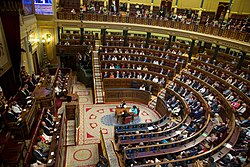
CONGRESS
PART IIIThe Cortes GeneralesCHAPTER ONEThe Houses of ParliamentArticle 661. The Cortes Generales represent the Spanish people and consist of the Congress of Deputies and the Senate. 2. The Cortes Generales exercise the legislative power of the State, approve its Budget, control Government action and hold all the other powers vested in them by the Constitution. 3. The Cortes Generales are inviolable.
a
PRESIDENCY
MERITXELL BATET LAMAÑA

SENATE
Article 691. The Senate is the House of territorial representation. 2. In each province, four Senators shall be elected by the voters thereof by universal, free, equal, direct and secret suffrage, under the terms established by an organic law. 3. In the islands provinces, each island or group of islands with a «Cabildo» or Island Council shall constitute an electoral district for the purpose of electing Senators, of whom there shall be three for each of the larger islands –Gran Canaria, Mallorca and Tenerife– and one for each of the following islands or groups of islands: Ibiza-Formentera, Menorca, Fuerteventura, Gomera, Hierro, Lanzarote and La Palma. 4. The cities of Ceuta and Melilla shall each elect two Senators. 5. The Autonomous Communities shall, moreover, nominate one Senator and a further Senator for each million inhabitants in their respective territories. The nomination shall be incumbent upon the Leg-islative Assembly or, in default thereof, upon the Autonomous Commu-nity’s highest corporate body, in accordance with the provisions of the Statutes, which shall, in any case, guarantee adequate proportional rep-resentation. 6. The Senate is elected for four years. The Senators’ term of office shall end four years after their election or on the day that the House is dissolved.

PRESIDENCIA
Ángel Mariano Ibáñez Hernando
Artículo 20.– Carácter.1. Las Cortes de Castilla y León representan al pueblo de Castilla y León y ejercen en su nombre, con arreglo a la Constitución y al presente Estatuto, los poderes y atribuciones que les corresponden.2. Las Cortes de Castilla y León son inviolables.Artículo 24.– Atribuciones. Corresponde a las Cortes de Castilla y León: 1. Ejercer la potestad legislativa de la Comunidad en los términos establecidos por la Constitución, por el presente Estatuto y por las leyes del Estado que les atribuyan tal potestad. 2. Controlar e impulsar la acción política y de gobierno de la Junta y de su Presidente. 3. Aprobar los Presupuestos de la Comunidad y los de las propias Cortes, así como la rendición anual de cuentas de ambos. 4. Elegir de entre sus miembros al Presidente de la Junta de Castilla y León. 5. Designar a los Senadores que han de representar a la Comunidad, según lo previsto en el artículo 69.5 de la Constitución. Los Senadores serán designados en proporción al número de miembros de los grupos políticos representados en las Cortes de Castilla y León.6. Solicitar del Gobierno la adopción de un proyecto de ley, o remitir a la Mesa del Congreso de los Diputados una proposición de ley en los términos que establece el artículo 87, apartado 2, de la Constitución. 7. Interponer recursos de inconstitucionalidad, de acuerdo con lo que establece el artículo 162, apartado 1.a), de la Constitución, y la Ley Orgánica del Tribunal Constitucional. 8. Ejercitar la iniciativa de reforma de la Constitución, en los términos previstos en la misma. 9. Facilitar al Gobierno las previsiones de índole política, social y económica a que se refiere el artículo 131, apartado 2, de la Constitución. 10. Establecer y exigir tributos de acuerdo con la Constitución, el presente Estatuto y las correspondientes leyes del Estado. 11. Aprobar transferencias de competencias de la Comunidad a los municipios, provincias y otras entidades locales de la misma, salvo lo que determina el presente Estatuto o disponga una previa ley de la propia Comunidad. 12. Ratificar los convenios que la Junta concluya con otras Comunidades Autónomas para la gestión y prestación de servicios propios de las mismas. Dichos convenios serán comunicados de inmediato a las Cortes Generales. 13. Ratificar los acuerdos de cooperación que sobre materias distintas a las mencionadas en el número anterior concluya la Junta con otras Comunidades Autónomas previa autorización de las Cortes Generales. 14. Convalidar los Decretos Leyes aprobados por la Junta, de acuerdo con lo dispuesto en el artículo 25.4 del presente Estatuto. 15. Ejercer cuantos otros poderes, competencias y atribuciones les asignen la Constitución, el presente Estatuto y las leyes.

DIPUTACIÓN PROVINCIAL
Artículo 47. La provincia.1. La provincia, como entidad local, tiene personalidad jurídica propia y capacidad plena para la gestión de sus intereses. Su gobierno y administración están encomendados a la respectiva Diputación. Constituye también división territorial para el cumplimiento de los fines de la Comunidad Autónoma.2. Las competencias de las Diputaciones se fijarán por la legislación básica del Estado y la de la Comunidad Autónoma. En todo caso las Diputaciones ejercerán competencias en el ámbito de la cooperación, asesoramiento y asistencia a municipios y otras entidades locales.Prestarán también servicios supramunicipales de carácter provincial, en el ámbito de las competencias locales, sin perjuicio de las que puedan delegarle o encomendarle las entidades locales de su ámbito territorial o la Comunidad Autónoma.
PRESIDENCIA
......................

DIPUTADOS DELEGADOS
AYUNTAMIENTO
Artículo 44. El municipio.1. El municipio es la entidad territorial básica de la Comunidad y la institución de participación más directa de los ciudadanos en los asuntos públicos. Tiene personalidad jurídica propia y plena autonomía en el ámbito de sus competencias y en la defensa de los intereses locales que representa.2. Su gobierno, representación y administración corresponde al Ayuntamiento.3. La creación y supresión de 0unicipios, la alteración de términos municipales y la fusión de municipios limítrofes se realizará de acuerdo con la legislación de la Comunidad Autónoma en el marco de la legislación básica del Estado.
a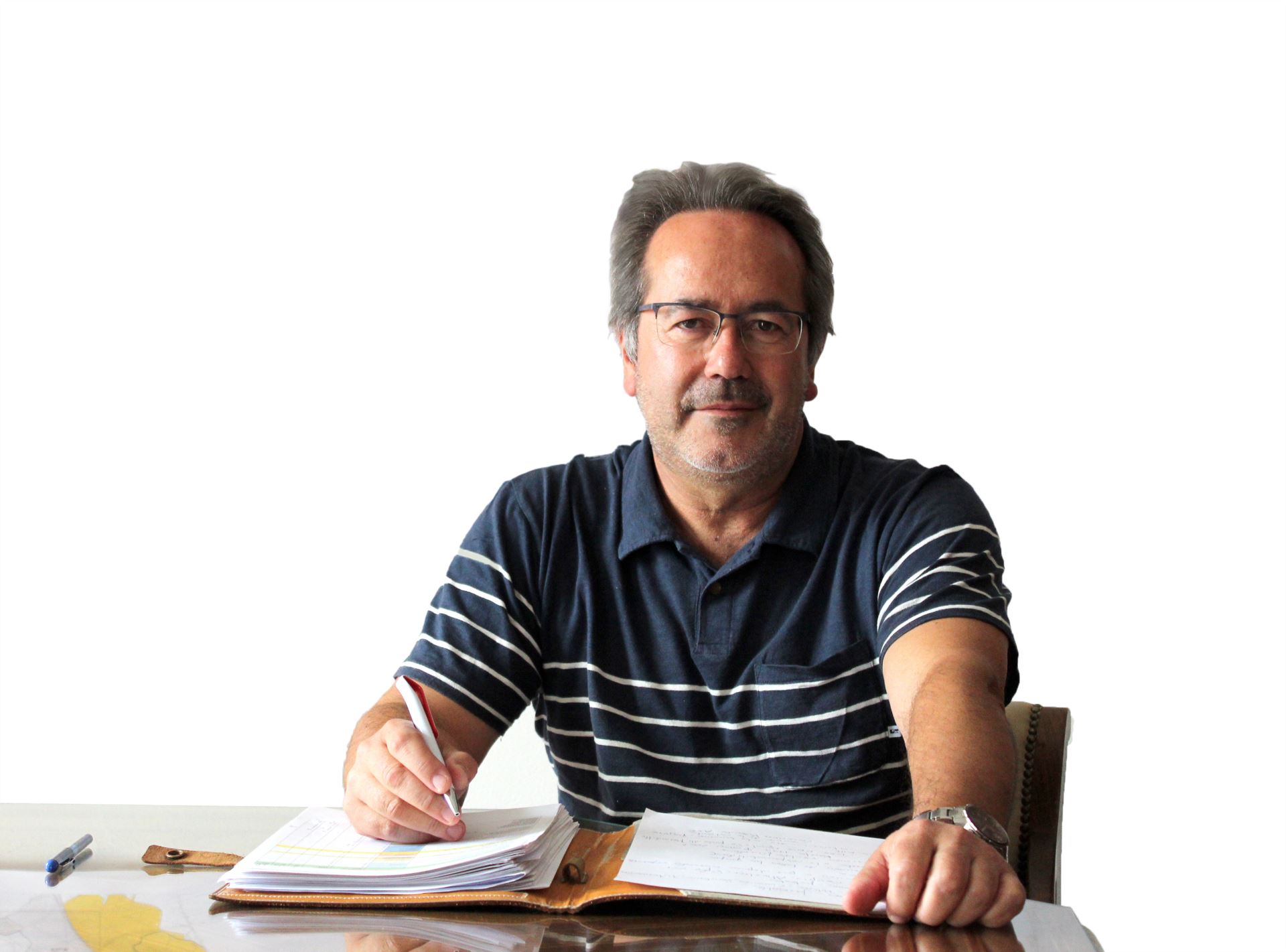
ALCALDÍA
Francisco Guarido Viñuela

CONCEJALÍAS
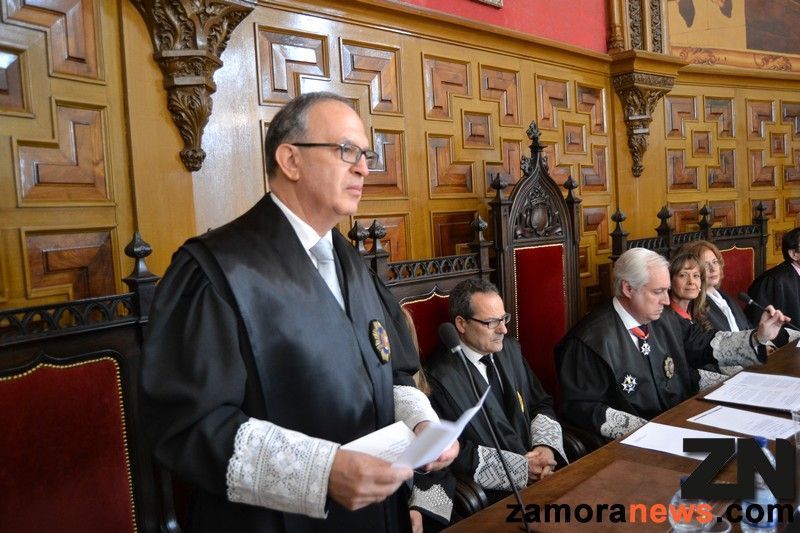
PRESIDENCIA
PEREZ SERNA, JESUS

EUROPEAN UNION
Goals and values of the EUGoalsThe goals of the European Union are:promote peace, its values and the well-being of its citizensoffer freedom, security and justice without internal borderssustainable development based on balanced economic growth and price stability, a highly competitive market economy with full employment and social progress, and environmental protectioncombat social exclusion and discriminationpromote scientific and technological progressenhance economic, social and territorial cohesion and solidarity among EU countriesrespect its rich cultural and linguistic diversityestablish an economic and monetary union whose currency is the euro.ValuesThe EU values are common to the EU countries in a society in which inclusion, tolerance, justice, solidarity and non-discrimination prevail. These values are an integral part of our European way of life:Human dignityHuman dignity is inviolable. It must be respected, protected and constitutes the real basis of fundamental rights.FreedomFreedom of movement gives citizens the right to move and reside freely within the Union. Individual freedoms such as respect for private life, freedom of thought, religion, assembly, expression and information are protected by the EU Charter of Fundamental Rights.DemocracyThe functioning of the EU is founded on representative democracy. Being a European citizen also means enjoying political rights. Every adult EU citizen has the right to stand as a candidate and to vote in elections to the European Parliament. EU citizens have the right to stand as candidate and to vote in their country of residence, or in their country of origin.EqualityEquality is about equal rights for all citizens before the law. The principle of equality between women and men underpins all European policies and is the basis for European integration. It applies in all areas. The principle of equal pay for equal work became part of the Treaty of Rome in 1957. Although inequalities still exist, the EU has made significant progress.Rule of lawThe EU is based on the rule of law. Everything the EU does is founded on treaties, voluntarily and democratically agreed by its EU countries. Law and justice are upheld by an independent judiciary. The EU countries gave final jurisdiction to the European Court of Justice which judgements have to be respected by all.Human rightsHuman rights are protected by the EU Charter of Fundamental Rights. These cover the right to be free from discrimination on the basis of sex, racial or ethnic origin, religion or belief, disability, age or sexual orientation, the right to the protection of your personal data, and or the right to get access to justice.
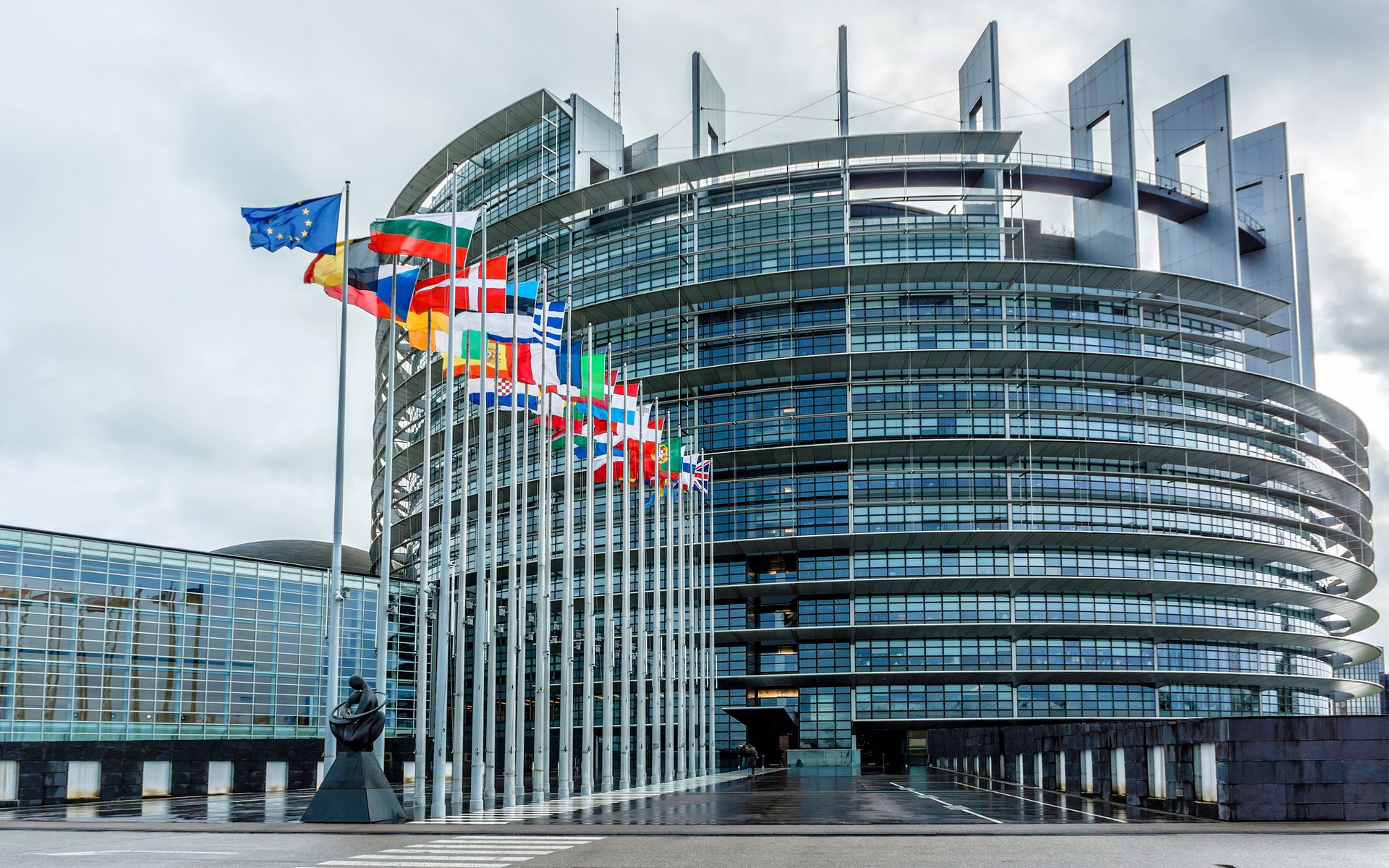
EUROPEAN PARLIAMENT
Role: Directly-elected EU body with legislative, supervisory, and budgetary responsibilitiesMembers: 751 MEPs (Members of the European Parliament)President: Antonio TajaniEstablished in: 1952 as Common Assembly of the European Coal and Steel Community, 1962 as European Parliament, first direct elections in 1979Location: Strasbourg (France), Brussels (Belgium), LuxembourgWebsite: European Parliament
a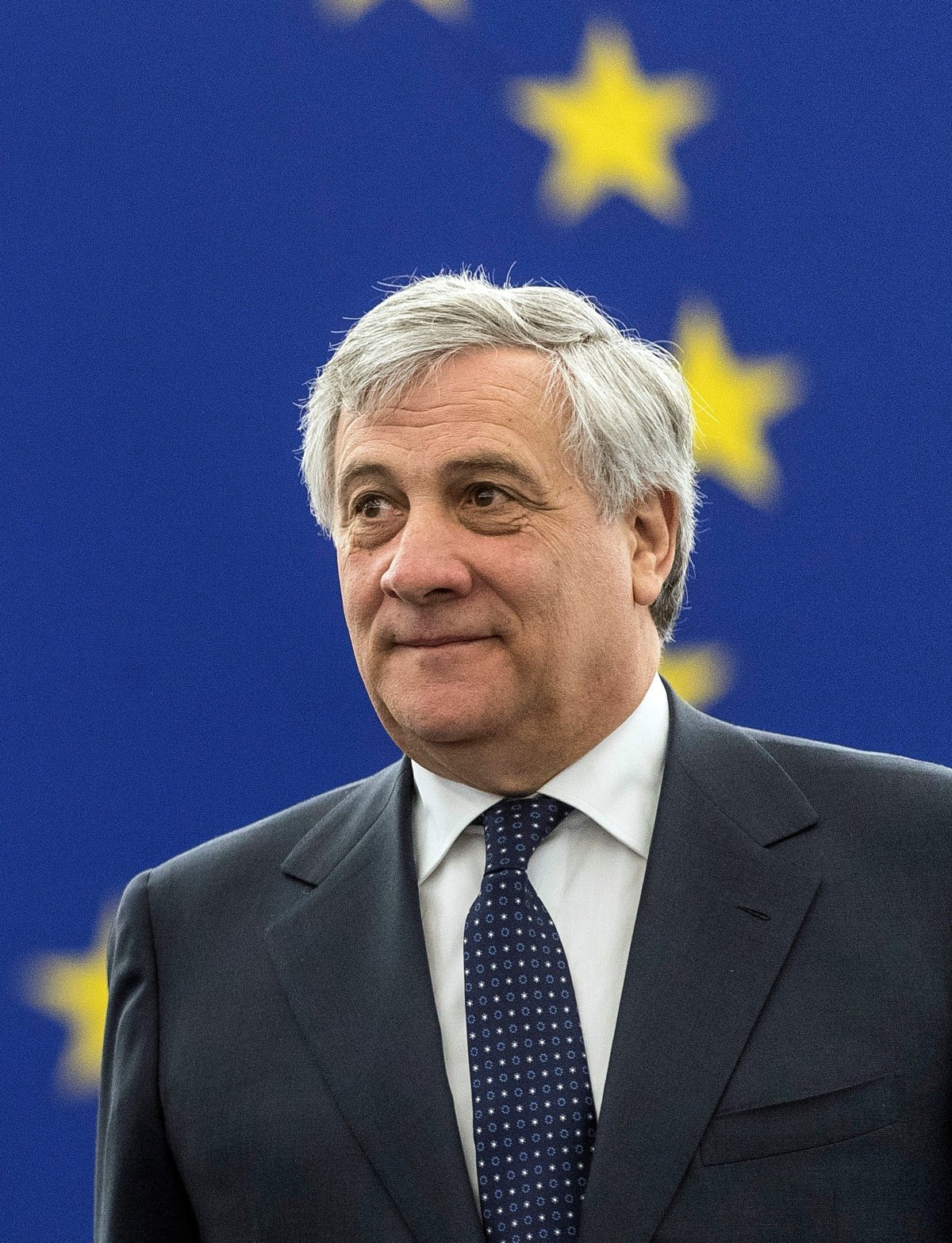
PRESIDENCY
Antonio Tajani
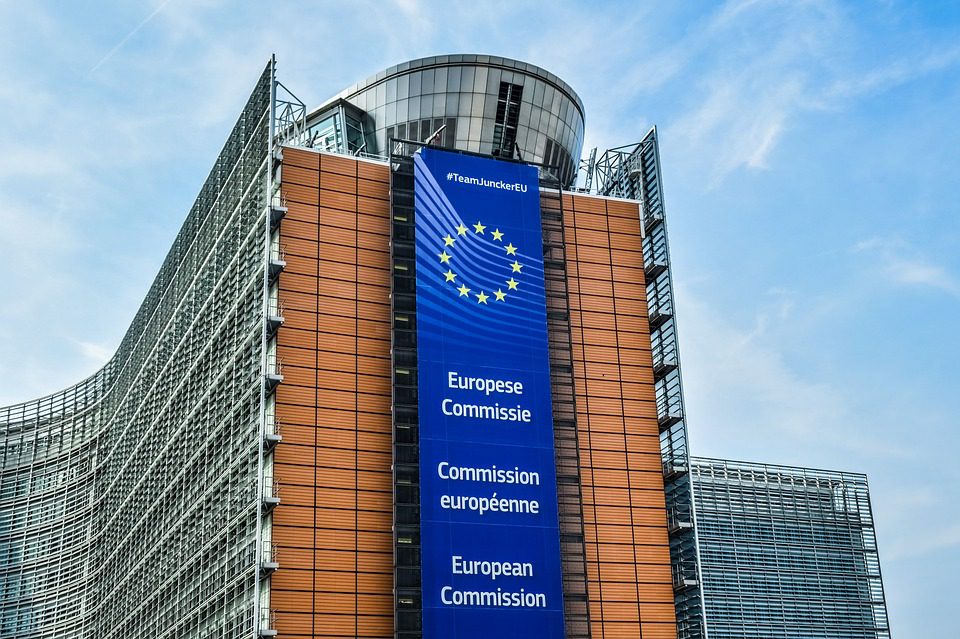
EUROPEAN COMMISSION
Role: Promotes the general interest of the EU by proposing and enforcing legislation as well as by implementing policies and the EU budgetMembers: A team or 'College' of Commissioners, 1 from each EU countryPresident: Jean-Claude JunckerYear established: 1958Location: Brussels (Belgium)Website: European Commission
a
PRESIDENCY
Jean-Claude Juncker

COMMISSIONERS

COURTS OF JUSTICE OF THE EUROPEAN UNION
Role: Ensuring EU law is interpreted and applied the same in every EU country; ensuring countries and EU institutions abide by EU law.Members:Court of Justice: 1 judge from each EU country, plus 11 advocates generalGeneral Court: 47 judges. In 2019 this will be increased to 56 (2 judges from each EU country).Established in: 1952Location: LuxembourgWebsite: Court of Justice of the European Union (CJEU)
a
EUROPEAN COUNCIL
Role: Defines the general political direction and priorities of the European UnionMembers: Heads of state or government of EU countries, European Council President, European Commission PresidentPresident: Donald TuskEstablished in: 1974 (informal forum), 1992 (formal status), 2009 (official EU institution)Location: Brussels (Belgium)Website: European Council
a
PRESIDENCY
Donald Tusk

HEAD OF STATE AND HEAD OF GOVERMENT OF EU MEMBERS

COUNCIL OF THE EUROPEAN UNION
Role: Ensuring EU law is interpreted and applied the same in every EU country; ensuring countries and EU institutions abide by EU law.Members:Court of Justice: 1 judge from each EU country, plus 11 advocates generalGeneral Court: 47 judges. In 2019 this will be increased to 56 (2 judges from each EU country).Established in: 1952Location: LuxembourgWebsite: Court of Justice of the European Union (CJEU)
a
JUNTA CASTILLA Y LEÓN
Artículo 28.– Carácter y composición.1. La Junta de Castilla y León es la institución de gobierno y administración de la Comunidad de Castilla y León y ejerce la función ejecutiva y la potestad reglamentaria de acuerdo con el presente Estatuto y el resto del ordenamiento jurídico.2. La Junta de Castilla y León está compuesta por el Presidente, los Vicepresidentes, en su caso, y los Consejeros.3. Una ley de Castilla y León regulará la organización y composición de la Junta, así como las atribuciones y el estatuto personal de sus miembros.4. El Presidente de la Junta nombra y separa libremente a sus miembros, comunicándolo seguidamente a las Cortes de Castilla y León.5. El Presidente podrá delegar funciones ejecutivas y de representación propias en los Vicepresidentes y demás miembros de la Junta.6. El Vicepresidente o Vicepresidentes asumirán las funciones que les encomiende el Presidente de la Junta y le suplirán, por su orden, en caso de vacante, ausencia o enfermedad.Artículo 30.– Atribuciones.Corresponde a la Junta de Castilla y León:1. Ejercer el gobierno y administración de la Comunidad en el ámbito de las competencias que ésta tenga atribuidas.2. Interponer recursos de inconstitucionalidad en los términos que establece el artículo 162.1.a) de la Constitución y suscitar, en su caso, conflictos de competencia con el Estado u otra Comunidad Autónoma, según lo previsto en la Ley Orgánica del Tribunal Constitucional, personándose en estos últimos por acuerdo de las Cortes de Castilla y León o por propia iniciativa. 3. Ejercer cuantas otras competencias o atribuciones le asignen el presente Estatuto y las leyes.

PRESIDENCIA
JUAN VICENTE HERRERA CAMPO
Artículo 27.– Atribuciones.1. Como supremo representante de la Comunidad de Castilla y León, corresponde al Presidente de la Junta: a) Convocar elecciones a las Cortes de Castilla y León de acuerdo a lo establecido en la presente norma. b) Acordar la disolución de las Cortes de Castilla y León en los términos normativamente previstos. c) Mantener las relaciones que se consideren oportunas con los demás entes públicos. d) Firmar los convenios y acuerdos de cooperación y colaboración que suscriba la Comunidad Autónoma en los casos en los que proceda. e) Proponer, por iniciativa propia o a solicitud de los ciudadanos, de conformidad con establecido en el presente Estatuto y en la legislación del Estado y de la Comunidad, la celebración de consultas populares en el ámbito de la Comunidad, sobre decisiones políticas relativas a materias que sean de la competencia de ésta.2. Como representante ordinario del Estado en la Comunidad Autónoma, corresponde al Presidente de la Junta: a) Promulgar en nombre del Rey las leyes aprobadas por las Cortes de Castilla y León, así como ordenar su publicación en el «Boletín Oficial de Castilla y León» y la remisión para su publicación en el «Boletín Oficial del Estado».b) Ordenar la publicación en el «Boletín Oficial de Castilla y León» de los nombramientos de los altos cargos del Estado en Castilla y León. c) Solicitar la colaboración a las autoridades del Estado que ejercen funciones públicas en Castilla y León. d) Las demás que determinen las leyes.3. Como Presidente del Gobierno de Castilla y León, corresponde al Presidente de la Junta: a) Dirigir y coordinar la acción de gobierno. b) Nombrar y separar libremente a los demás miembros de la Junta. c) Convocar, presidir, fijar el orden del día de las reuniones del Consejo de Gobierno y dirigir los debates y deliberaciones, así como suspender y levantar las sesiones. d) Firmar los Decretos y Acuerdos de la Junta y ordenar, en su caso, la publicación en el «Boletín Oficial de Castilla y León».e) Solicitar dictamen del Consejo Consultivo de Castilla y León en los supuestos en que proceda. f) Ejercer cualquier otra atribución prevista por las leyes.

CONSEJEROS

PRESIDENCIA
JOSE LUIS CONCEPCCIÓN
GOVERMENT
Article 97 The Goverment directs domestic and foreign policy, civil and military administration and the defence of the State. It exercises executive and statutory authority in accordance with the Constitution and the law.
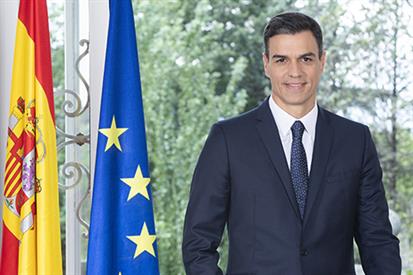
PRESIDENCY
PEDRO SÁNCHEZ
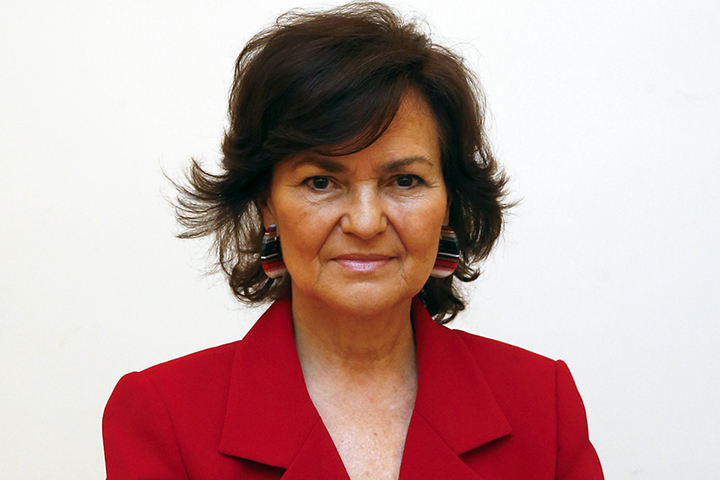
VICEPRESIDENT
MARIA DEL CARMEN CALVO POYATO
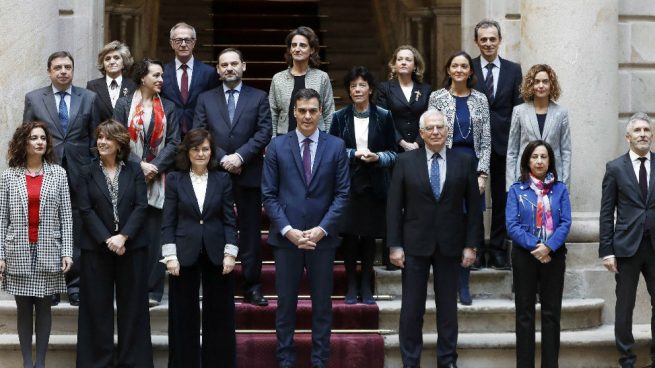
MINISTERS
COURTS OF JUSTICE
Article 117 1. Justice emanates from the people and is administered on behalf of the King by Judges and Magistrates of the Judiciary who shall be independent, irremovable, and liable and subject only to the rule of law. 34 Dissolution of the Houses State of alarm State of emergency State of siege Independence of justice 2. Judges and Magistrates may only be dismissed, suspended, transferred or retired on the grounds, and subject to the guarantees provided by law. 3. The exercise of judicial authority in any kind of action, both in passing judgment and having judgments executed, lies exclusively within the competence of the Courts and Tribunals established by the law, in accordance with the rules of jurisdiction and procedure which may be established therein. 4. The Courts and Tribunals shall exercise only the powers indicated in the foregoing clause and those which are expressly allocated to them by law as a guarantee of some right. 5. The principle of jurisdictional unity is the basis of the organisation and operation of the Courts. The law shall regulate the exercise of military jurisdiction strictly within military limits and in cases of state of siege (martial law), in accordance with the pri
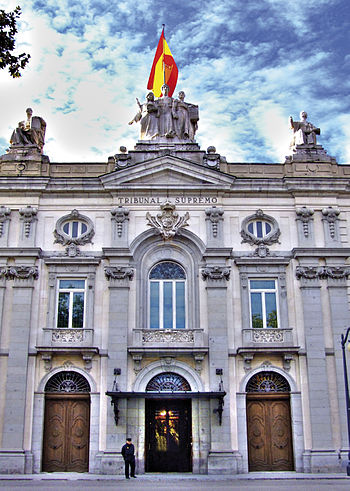
SUPREME COURT

